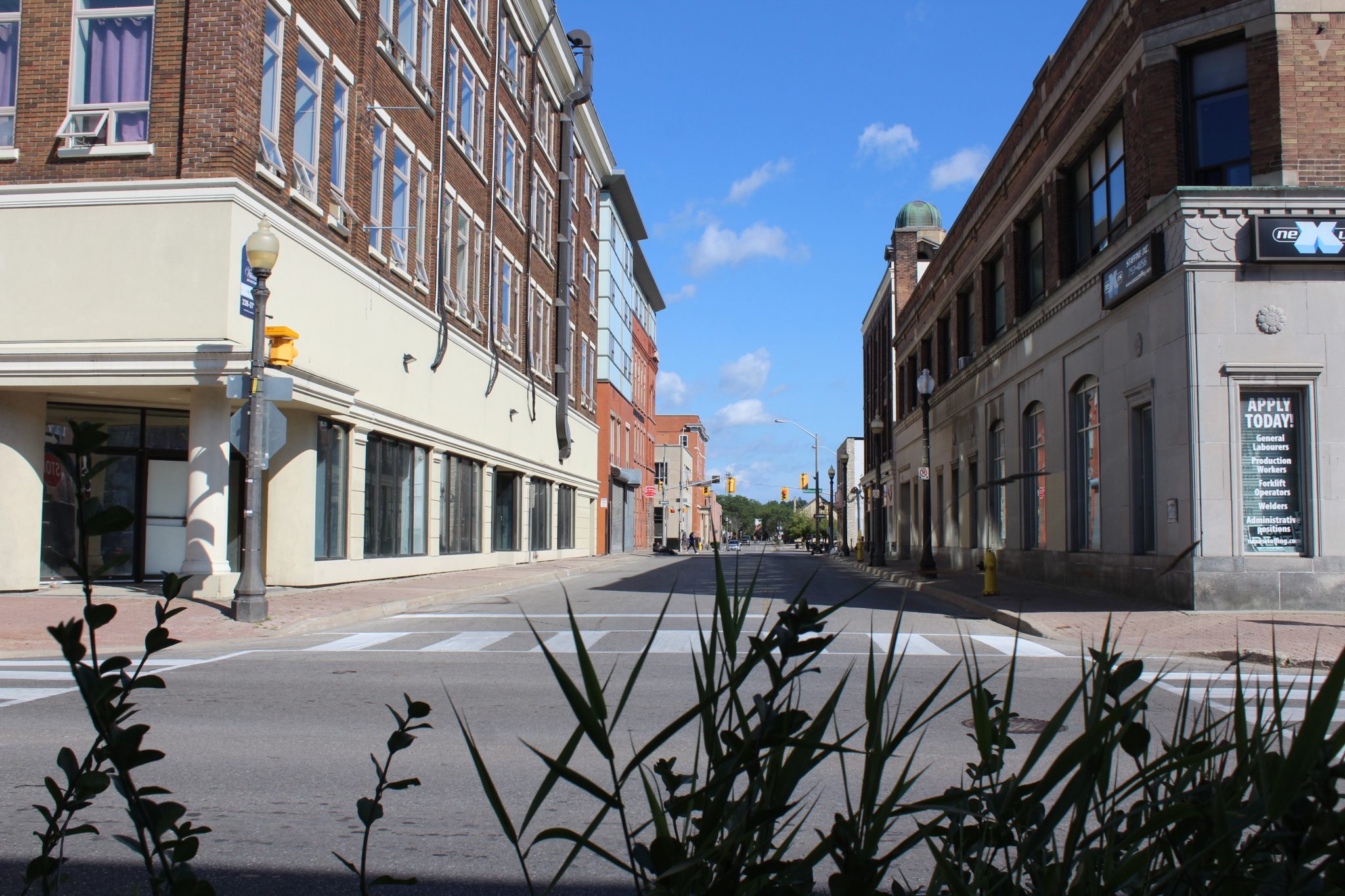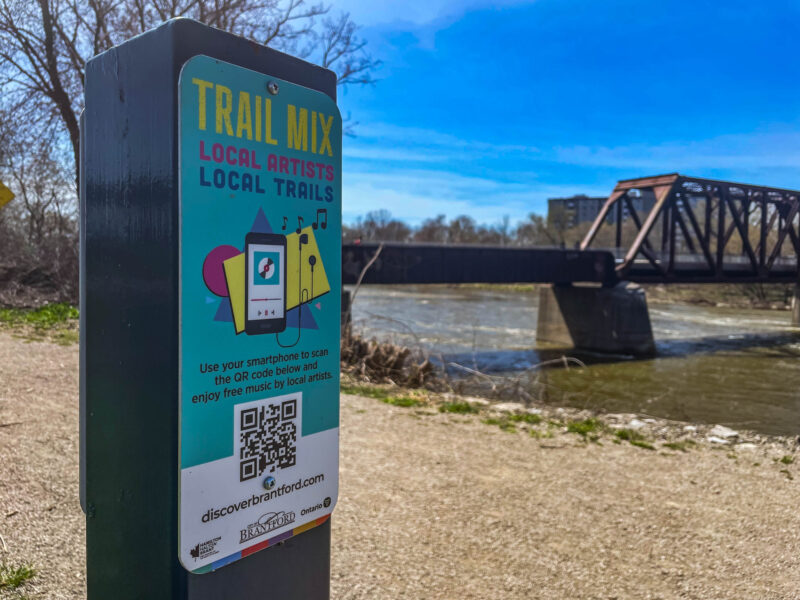PHOTO CONTRIBUTED BY SARA SHEIKH / SPUTNIK PHOTOGRAPHY
The British Colonial policies of 1754 to 1829 aimed to tackle three main objectives:
Recruitment and supply of Indigenous military allies, regulation of trade and diplomacy, creation of Indigenous territorial boundary lines. But how were these objectives put into practise and how did this relationship to land and its reclamation develop?
The importance to “be one and have one heart and eat from a single pot” was mentioned by interpretive specialist and member of the Beaver Clan of the Tuscarora Nation Rick Hill in his zoom presentation, “Social Justice & Solidarity Week: How did the Haudenosaunee Land Become the City of Brantford?” in relation to the perspective of wanting to share resources through a community mindset that fosters the roaming of land to live it. This view differs from the colonial aspect of putting a sword in the earth to claim its title. The original treaty of the Doctrine of Discovery (1452-1483) stated terra nullius, being that any non christian occupied land is said to be empty and able to be claimed, as colonial thought would have it.
Worried that the land was too small for hunting and that the indigenous populations would be left reliant on agriculture to survive; Mohawk military and political leader Joseph Brant advocated for providing income through leasing or selling the land to non indigenous peoples. However, the complications over land tenure quickly ensued and very much remains a topic of media and political debate to this day.
Further, the Six Nations Trust fund was designated for the use and benefit of First Nations people, collected and received by the Crown from the sale or lease of lands, royalties and revenues. It was this very fund – where the Receiver General was meant to hold onto and invest on behalf of the First Nations – that was used to fund the crown relations regarding treaty obligations. It has since been adapted into the consolidated revenue fund, bringing into question for many whether treaty promises have been kept.
In 1829, the Haudenosaunee chiefs granted about 200 acres to the New England company in order for a rectory to be built. In 1845, the Crown granted the land propagated for the gospel and the New England company land, for the use and occupation of Six Nations residing on the grand river. Businesses and homesteads were even set up by these Mohawk institute graduates.
However in 1919, all such glebe lands were no longer used as clergy residence and there remained no Haudenosaunee members living there as arranged by all parties involved in the signed agreement. The New England Company kept $23, 628 of the sale of this land, with any unsold portions surrendered to the crown and Reverend Ashton given life use of the homestead and farm. Thus, the Six Nations Trust Fund paid $26, 371 to surrender all right, title and interest of the land to his Majesty King George V, as represented by the superintendent of Indian Affairs.
David Thorborn, Special Commissioner, was to help the Six Nations settle on the Tuscarora township reserve and dealt with disputed land claims by evicting 157 non-Indigenous squatters. However, up to 8,602 pounds was compensated to these squatters for improvements made to the land by April 1846.
The Six Nations were set to surrender their land to the government to be kept in trust and sold for their sole benefit, while existing squatters would have the first right to purchase the lots on which they stood.
On January 18 of 1841, some Chiefs agreed to the deal and signed a land surrender. This was in dissatisfaction of the Mohawk Chief, William Johnson Kerr, who claimed that the Chiefs had “been in dispute over this ever since.”
The idea of surveying and appraising the tract (as conveyed by John Gwynne who held hearings for the land claims) was to settle the Haudenosaunee better and protect the land from trespass and injury. Except for the reserves, where they were said to be protected by those squatters and intruders, Six Nations’ lands were to be ceded formally by treaties and made available for purchase by British Immigrants.
The leaving question as mentioned in the zoom presentation was that of what we are leaving coming generations in the ways we treat the earth and each other; with an emphasis on dialogue in land relations and how we can overcome our implicit bias to meet more respectfully and honestly.
“Look to the earth to see the faces of the coming generations. Tread softly upon their ground. What kind of world will they enter?” asked Hill.
Those hoping to contribute or explore these specific land rights can visit www.protectthetract.com, which is a moratorium announced by the Haudenosaunee Confederacy Chiefs Council for development along the Haldimand tract.




